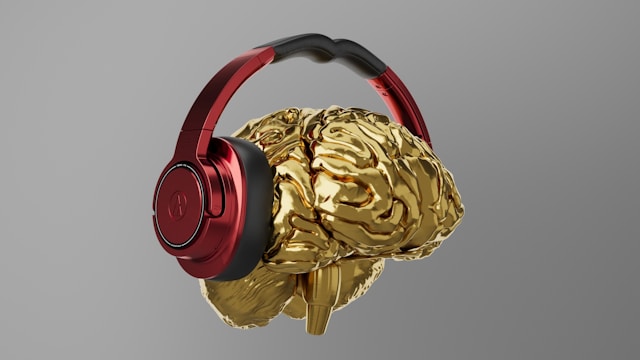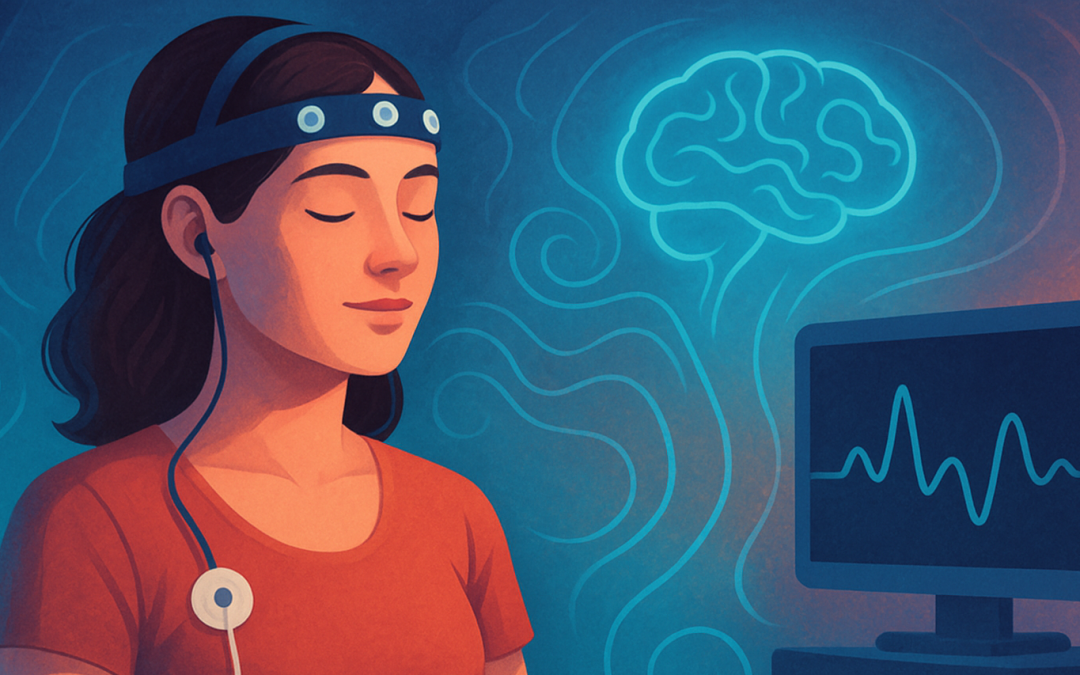
Nov 24, 2025 | cardiography, Electrodermal, EMG, fNIRS, Life Science Data, psychophysiology, pulse oximetry
“Nothing eases suffering like human touch.” — Bobby Fischer The gentle caress of a mother to her child. A reassuring pat on the shoulder from a friend. The touch of another human is one of the first forms of communication we experience in life, preceding...

Oct 22, 2025 | cardiography, fNIRS, functional near infrared, HRV, Life Science Data, neuroscience, psychophysiology
Functional near-infrared spectroscopy (fNIRS) offers researchers a powerful noninvasive tool for studying brain activity by measuring changes in blood oxygen levels. These changes reflect how various brain regions respond to stimuli such as tasks that involve...

Sep 23, 2025 | Electromyography, EMG, HRV, neuroscience, psychophysiology
We have all felt that electrical jolt that comes with hearing a sudden, unexpected loud noise—the clang of a dropped cooking pan, the blast of a car horn, or the pop of a balloon. The reaction is instantaneous and nearly uncontrollable as muscles tense, eyes blink,...

Jul 23, 2025 | cardiography, Life Science Data, psychology, psychophysiology, Virtual Reality
“I think that I cannot preserve my health and spirits, unless I spend four hours a day at least—and it is commonly more than that—sauntering through the woods and over the hills and fields, absolutely free from all worldly engagements.” —Henry David...

Jun 20, 2025 | Brain-computer Interface, electrocardiography, Electrodermal, EMG, Life Science Data, psychophysiology, Virtual Reality
Ever since players first started feeding quarters into arcade games and began plugging in home systems in the late twentieth century, researchers have looked for practical tools for both shaping video game design and measuring their effects on players. Physiological...

Apr 23, 2025 | electrocardiography, Electrodermal, HRV, physiology, psychophysiology, Virtual Reality
The connection between the mind and body has long intrigued scientists, driving research into how our thoughts, emotions, and mental states can influence physical health and well-being. Biofeedback has become a recognized approach for helping people manage stress,...








Recent Comments